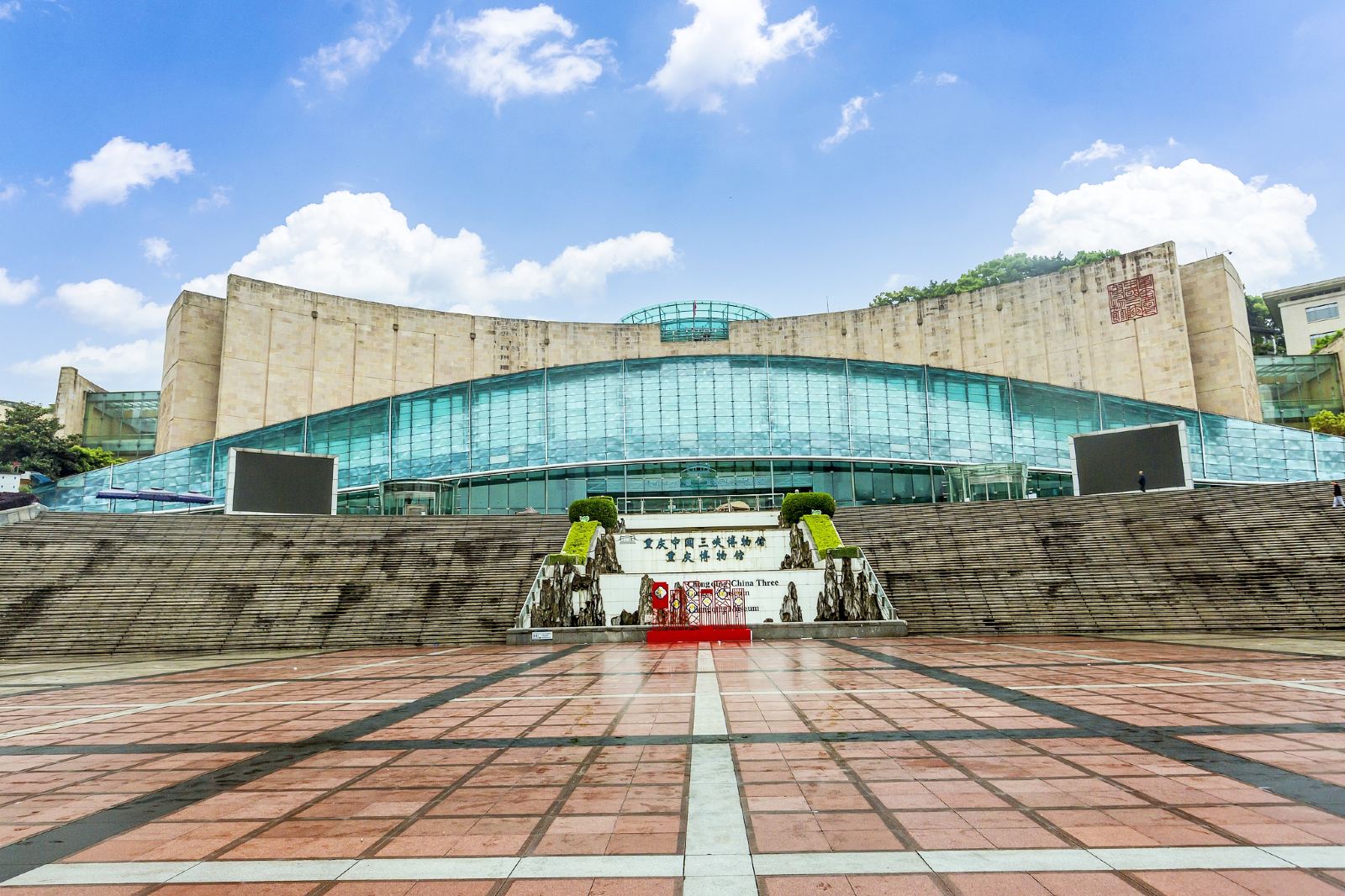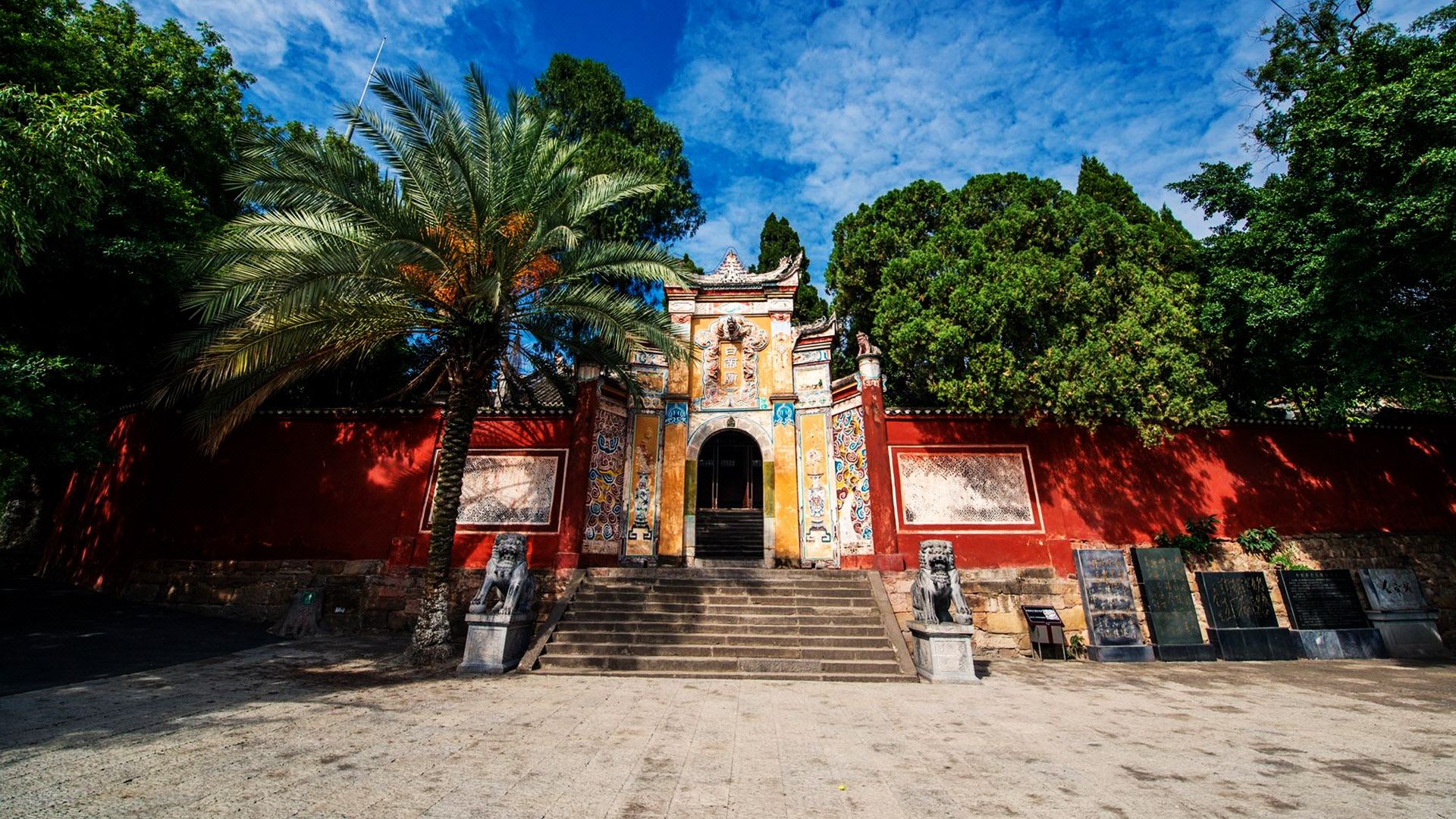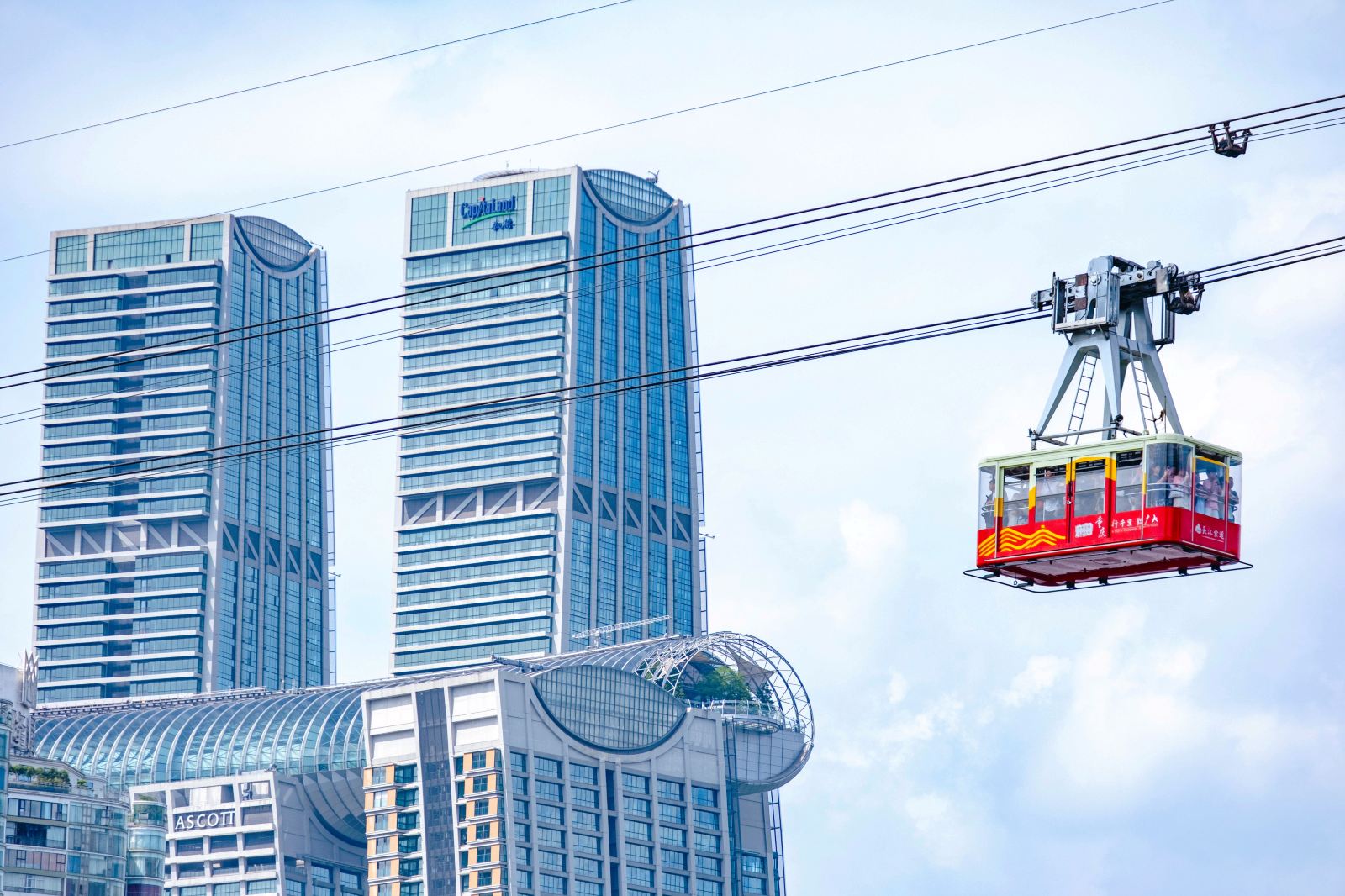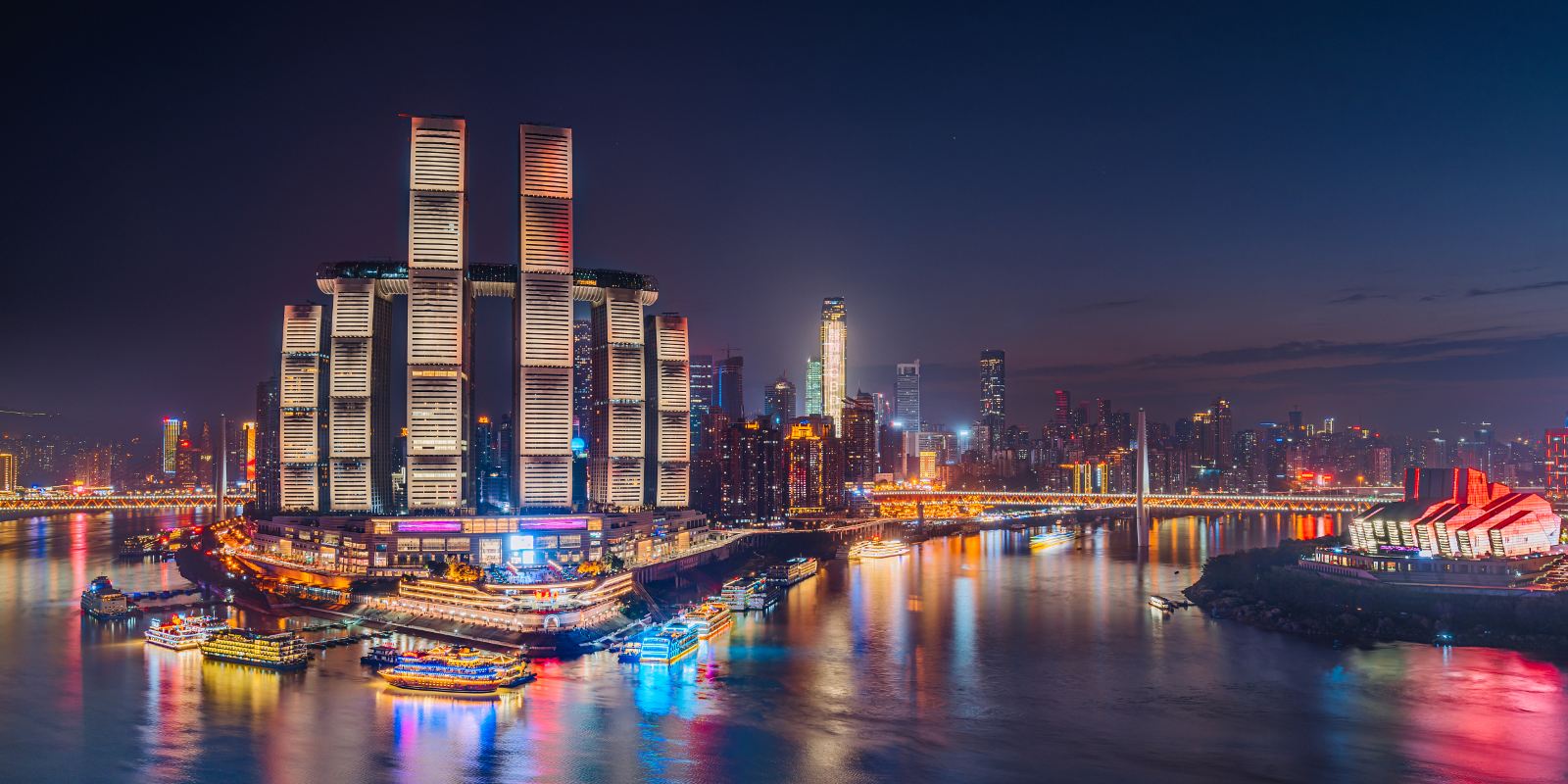Chongqing Wujiang River Gallery
- Province/Area:ChongQing
- Address:Monkey Mountain Tunnel, Pengshui Miao and Tujia Autonomous County, Chongqing, China
- Distance from the city center:100km
- Open time(Beijing time)Open all year round
- Ticket price: CNY
- Tel:86-023-78427999
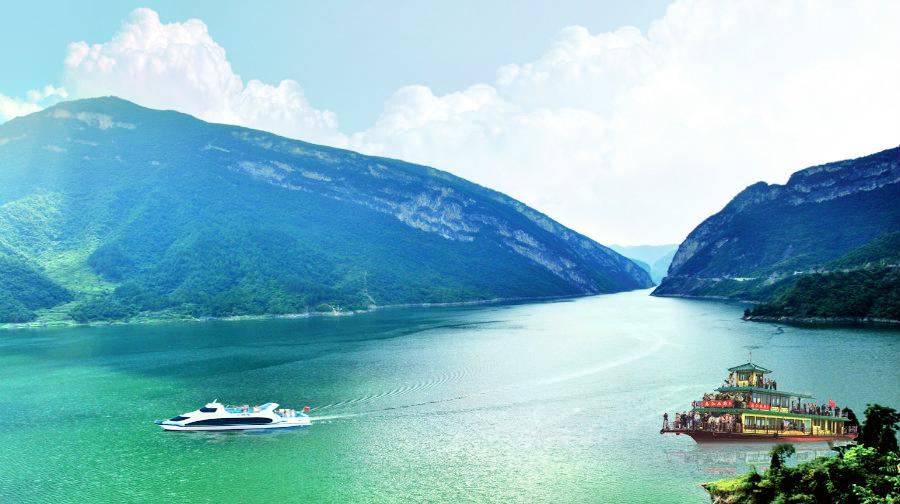
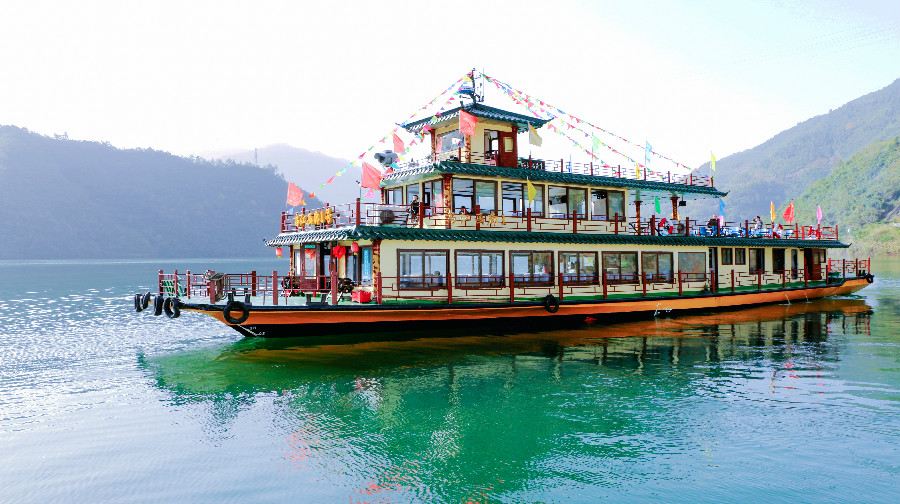
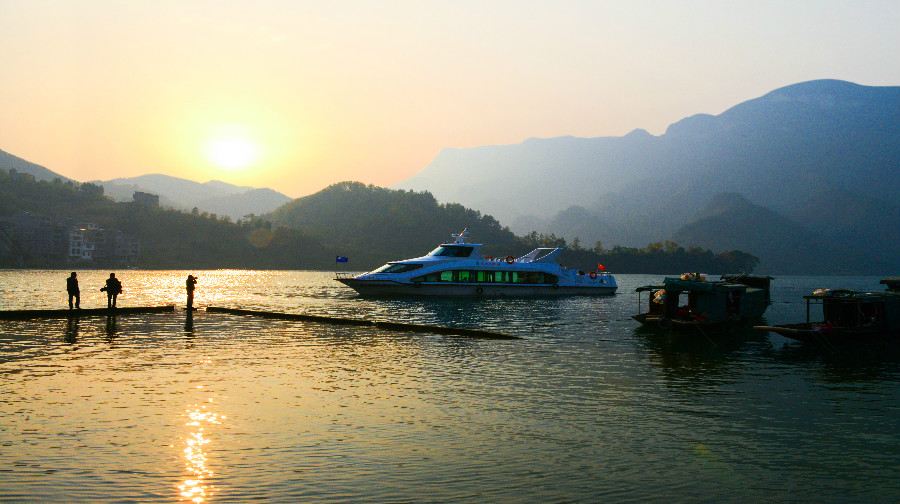
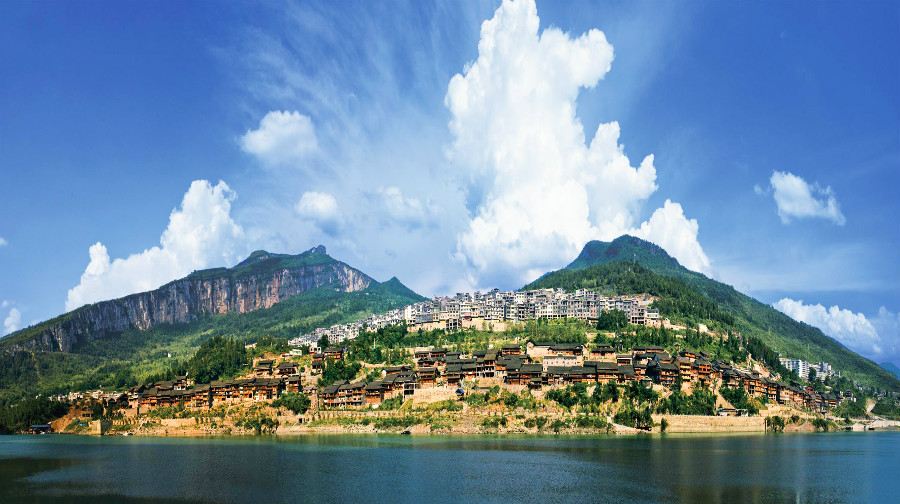
Youyang has two major river systems: the Wujiang River Basin and the Yuanjiang River Basin. The Wujiang River is located on the southwest border of Youyang County and originates in Weining County, Guizhou Province.entering Wanmu and Gongtan in Youyang along the river, and then flowing into the Yangtze River at Fuling. The entire length is 1,070 kilometers, and the Youyang section of the Wujiang River is about 60 kilometers. It is the essence of the thousand-mile Wujiang River, the “Wujiang 100-Mile Gallery”.
The Wujiang Baili Gallery includes the section of the Wujiang mainstream between the ancient town of Gongtan in Youyang County and Wanmu Township, as well as the Youyang section of the Apeng River, a tributary of the Wujiang that flows from east to west. It covers an area of 240 square kilometers and includes the scenic spots of Gongtan Ancient Town, Apeng River Rafting, Qingquan Covered Bridge, Ma’ancheng, Wanmu Yonghe Temple, Shilin, Sanjiaqian Shilin,the hanging burial scenic spot, and the Changxigou ecological tourist attraction.The Baili Gallery of the Wujiang River has a long history and a profound cultural heritage.
Gongtan Ancient Town has a history of more than 1,700 years; the ancient Ba Kingdom’s King of the Barbarians Cave was built during the Warring States period; Ma’an City is the site of the uprising of the Southern Song Dynasty’s Monk with the Golden Head; the Bo people’s hanging burial is a custom of the Bo people, a southern ethnic minority of the Eastern Han Dynasty; the Ba people’s narrow path has a long history, and cultural relics such as “the waves pounding the shore” and”Bamboo Zero Poetry Niche” and other cultural relics are full of historical significance and are of considerable research value.
The Wujiang Baili Gallery is a colorful ethnic customs attraction. It is the western gateway to the Tujia Baisuanwu dance hometown scenic area and the cradle of Xilankapu and batik.The ancient Tujia custom of crying and wailing during weddings, the unique baogu opera, yangxi, mamadeng lanterns, the wooden leaf love songs sung by young men and women to express their love, and the many folk handicrafts all combine to create the charming local ethnic customs.
Related posts

